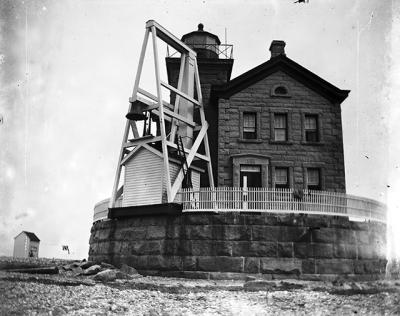Springs Digging for Answers
Springs Digging for Answers

On Tuesday, Laser Industries, an excavation and clearing company brought on board by the Springs School District’s architect, BBS Architects and Engineers, began excavating leaching pools near the back of the school to determine the state of its beleaguered septic system.
“Pipes have been uncovered as well as a large pool that does have water in it,” the superintendent, Debra Winter, wrote in an email on Tuesday. “Making progress.”
During a special meeting last Thursday, the Springs School Board announced its decision to tear up the asphalt covering a play area in order to “assess what is going on with our system, as well as determine what the dollar amount will be for repairs,” Ms. Winter said.
The school’s septic system has not been functioning since April and has had to be pumped out every 10 days since then. Preliminary assessments performed by BBS and Lombardo Associates, an environmental consulting and engineering firm called in to evaluate the problem, found that several pools marked on the original site map can no longer be located.
Michael Henery, the school’s business administrator, said that Laser Industries is on the county list as recommended excavators and has worked on the Sag Harbor schools. He said that the company comes in “like gangbusters” to open up the designated area to make an assessment, “then they repair it to a better condition than when they started,” he said.
Ms. Winter added that the company has promised to do the work in “the least costly manner.” According to the school’s attorney, the work is considered “an ordinary contingent expense and should not exceed $130,000.”
If excavation results indeed prove that the school has a failed system, Ms. Winter said the course of action would be to close it up and continue pumping until all the right approvals and permits are secured.
Kim Shaw, East Hampton Town’s director of natural resources, who was at last week’s meeting, expressed dismay at the board’s decision to excavate. “By definition, their system has already failed,” she said. “Suffolk County’s guidelines state that if you are pumping weekly, the system has failed. I understand that they feel the need to be cautious, but I hope they don’t go over $130,000 only to determine they need to keep pumping, which is something they are not supposed to be doing.”
On Monday, New York State Senator Kenneth P. LaValle, State Assemblyman Fred W. Thiele Jr., and Suffolk County Legislator Bridget Fleming visited the school to learn firsthand about the septic system issues and the school’s pending capital improvement project.





